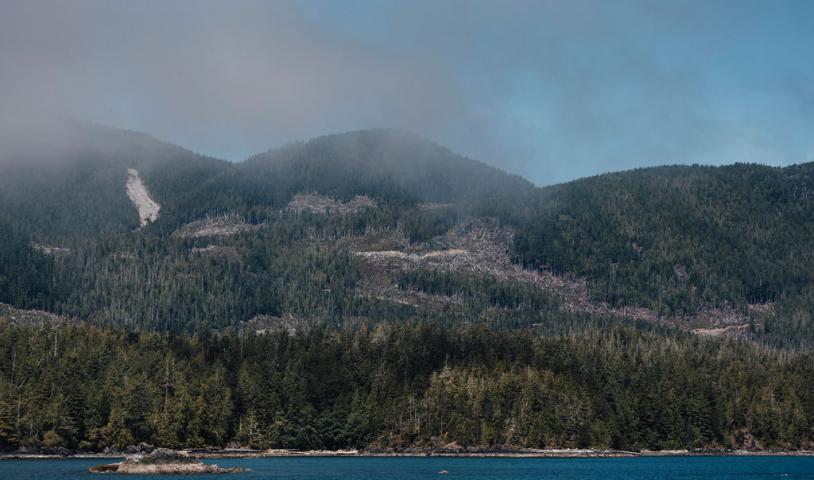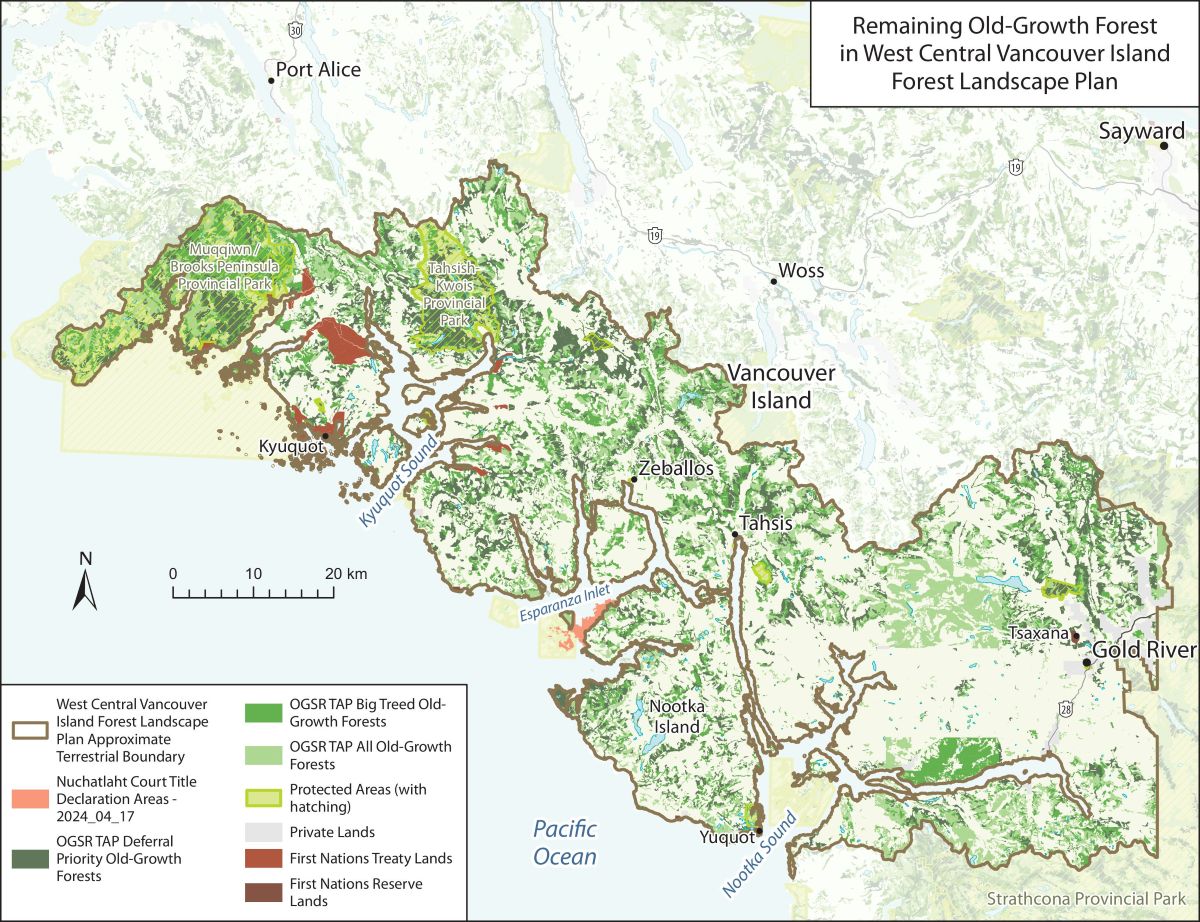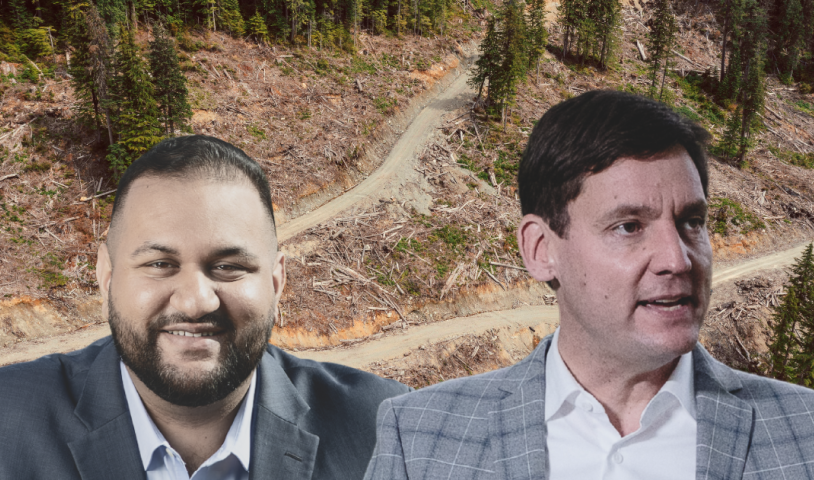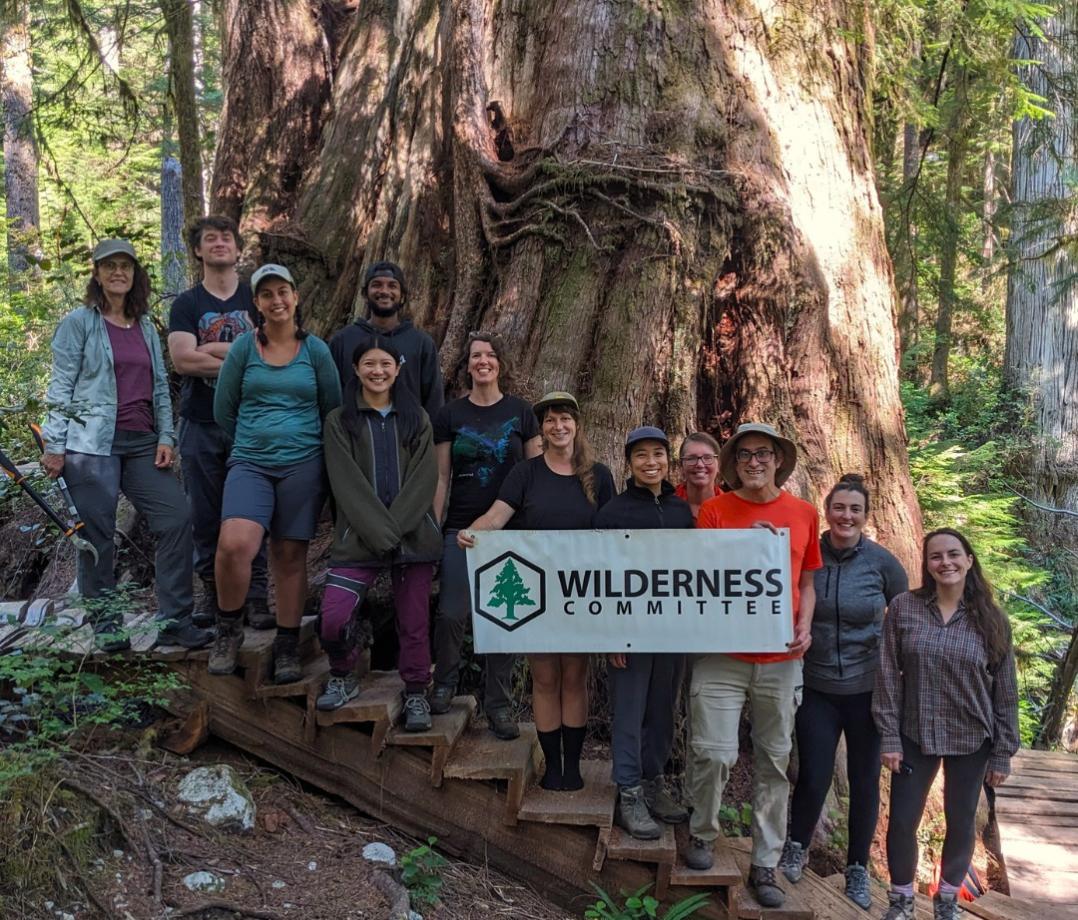What is a Forest Landscape Plan? A Resource Guide
Wednesday, November 19, 2025
What are Forest Landscape Plans?
In principle, Forest Landscape Plans (FLPs) are a way for First Nations’ governments and the provincial government to outline how a certain area of land should be managed and what activities should be allowed or are necessary in which areas. If carried out with integrity, this structure could bring forest governance closer to the vision outlined in the Old Growth Strategic Review (OGSR) which the Wilderness Committee is supportive of.
FLPs represent the province’s most significant attempt to implement the recommendations of the OGSR. This is a poor benchmark, considering that none of the OGSR’s 14 recommendations have been fully completed and several appear to have been abandoned.
Each FLP applies to a different area of land and is currently being implemented on a trial basis. The most recent of these is the West Central Vancouver Island Forest Landscape Plan (WCVI FLP) and the province is now seeking public feedback through a survey.
Key facts for the WCVI FLP:
- Eighty-three per cent of old-growth in the WCVI FLP area is unprotected.
- Of the total WCVI FLP area, 22 per cent is big-tree old-growth.
- The WCVI FLP area supports some of the most ecologically important unlogged areas left in the world.
A Wilderness Committee map for the area can be found below.

How to answer West Central Vancouver Island FLP questions
The first page of questions is demographic information. If you live in or near one of the municipalities listed or work in or near the WCVI FLP area, consider getting like-minded neighbours and colleagues to also fill out the survey, as it is likely these answers will be weighted more in decision-making.
The second page is where you share about what matters. The tick box area may be misleading, as many of these values are shared by lots of people in B.C., but are used by industry to allow for increased extraction. You can read our linked paper on how the industry twists the narrative on old-growth logging.
We recommend that you select these boxes:
- Aquatic habitat and salmon restoration: Provides evidence for food source maintenance and to support existing initiatives like MMFN salmon parks.
- Conservation areas: Provides evidence for the value in protecting larger areas of land.
- Cultural heritage resource: Shows supporting First Nations' interests is necessary.
Selecting boxes like “climate change” in this survey could actually lead to increased logging of old-growth. This is because of the misleading narrative that the logging industry can be a wildfire hero based on the idea that if there are fewer trees, there will be less to burn (even though clearcuts can burn very hot and fast).
Answering other questions and pitfalls in the FLP
Here are some other questions in the FLP we can help you with:
Q. Are there other objectives or values not included in the previous question that you believe should be reflected in an FLP for the WCVI area?
Recommended answer: There is a need to keep the logging industry from dictating the terms of land management, transparency in land use must be provided, and the province must act as a champion of its commitments to the OGSR.
Q. Which of the following statements best aligns with your views in relation to the WCVI FLP?
Recommended selection: Protecting the health of the WCVI plan areas’ lands, water and natural ecosystems should be a priority, even at the risk of slowing economic activity.
Q. Are there any other thoughts or ideas that you would like to share with the WCVI FLP planning team?
Recommended answer: The province cannot allow the logging industry to sit at government-to-government discussions and must provide adequate conservation funding to uphold its commitments to the OGSR. Health must be understood from an ecology lens rather than a forestry one.
Do FLPs work?
The province’s approach to FLPs so far has been inconsistent and disappointing. Efforts seem to centre industry perspectives, while sidelining the ecological and cultural priorities the OGSR sought to advance. Rather than marking a shift in how forests are valued and managed, the FLP process often appears to reinforce the existing status quo.
While skepticism toward yet another consultation process is understandable, especially given the province’s record of prioritizing industry interests, public participation still matters. Industry stakeholders are likely to be well-organized in responding to this survey, and choosing not to participate risks leaving decision making even more one-sided.
Engaging critically in this process, however limited it may be, helps ensure that ecological, cultural and community values remain part of the conversation.





